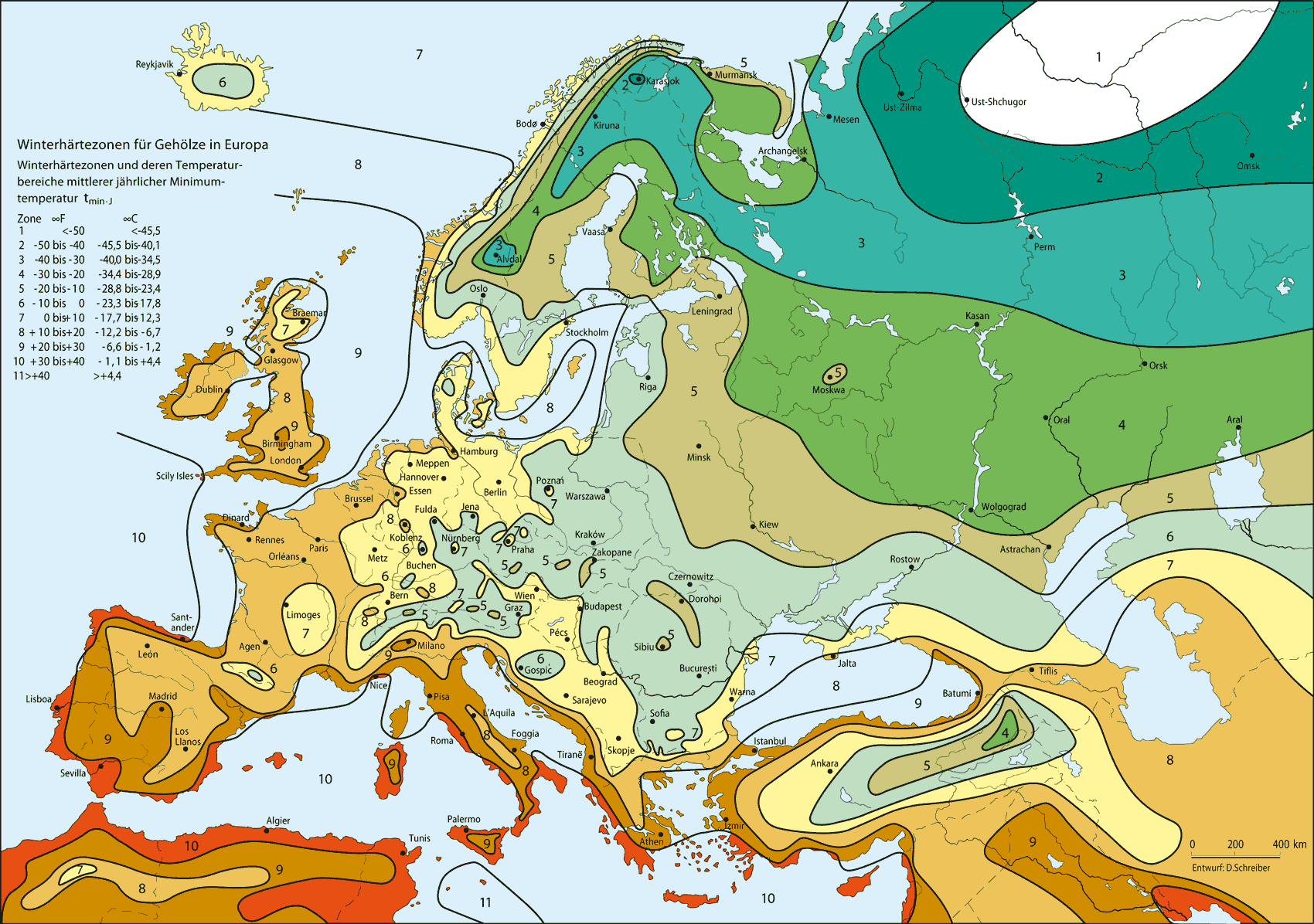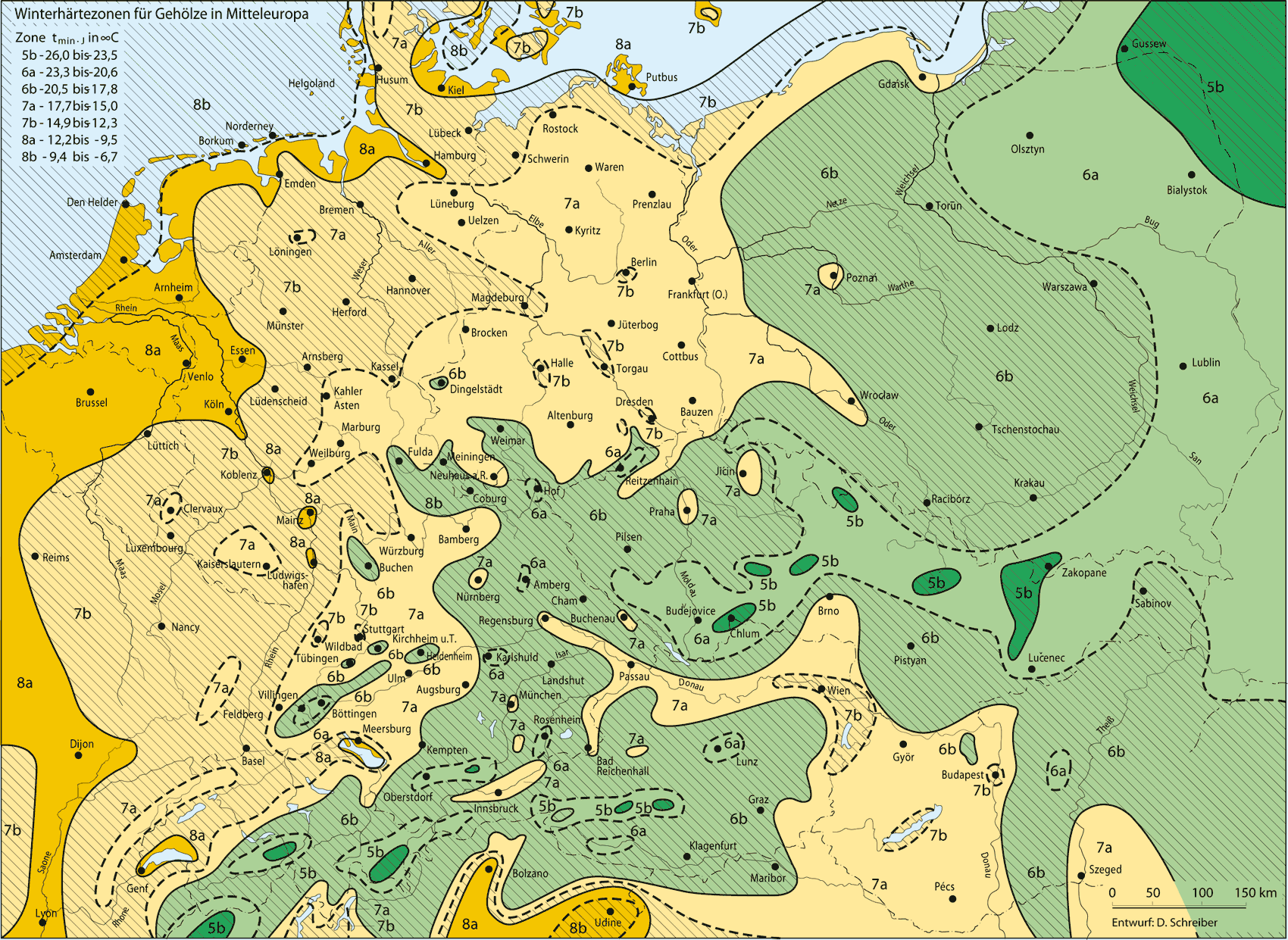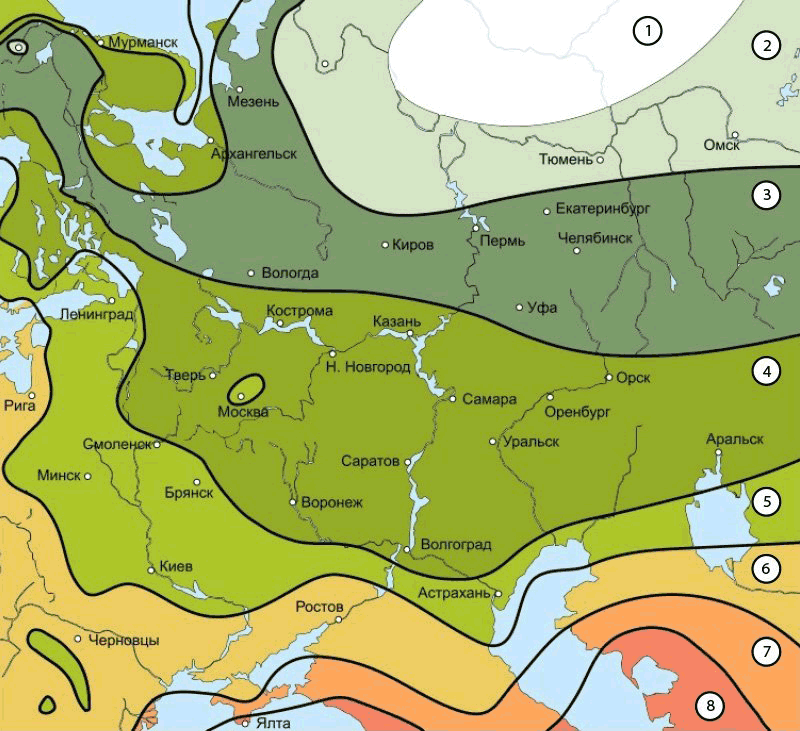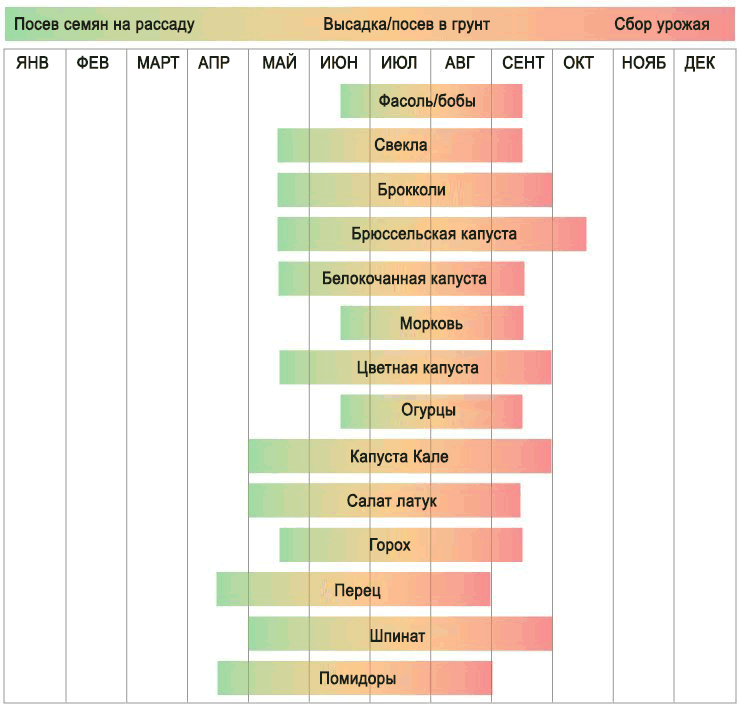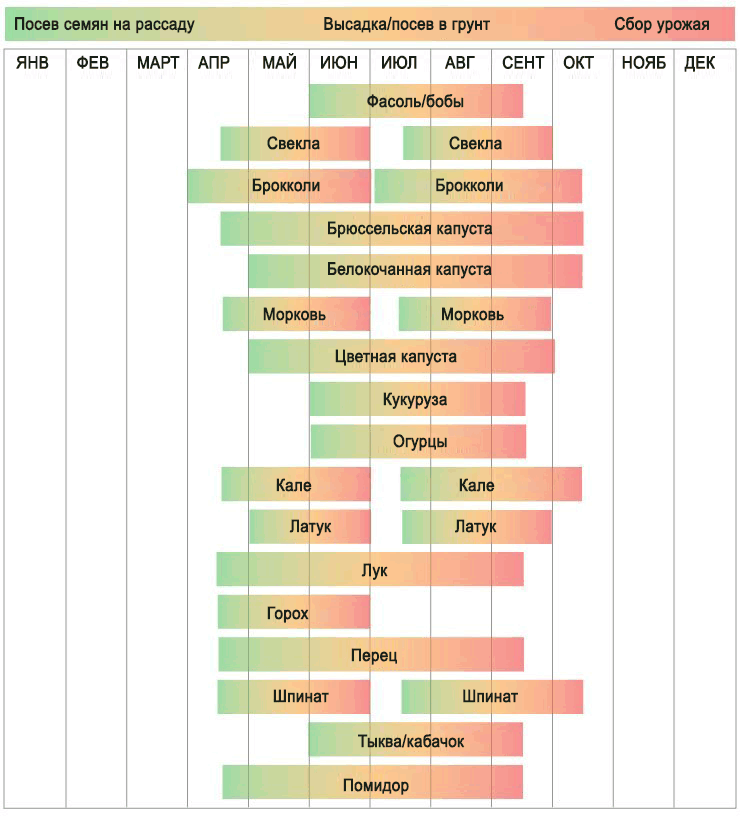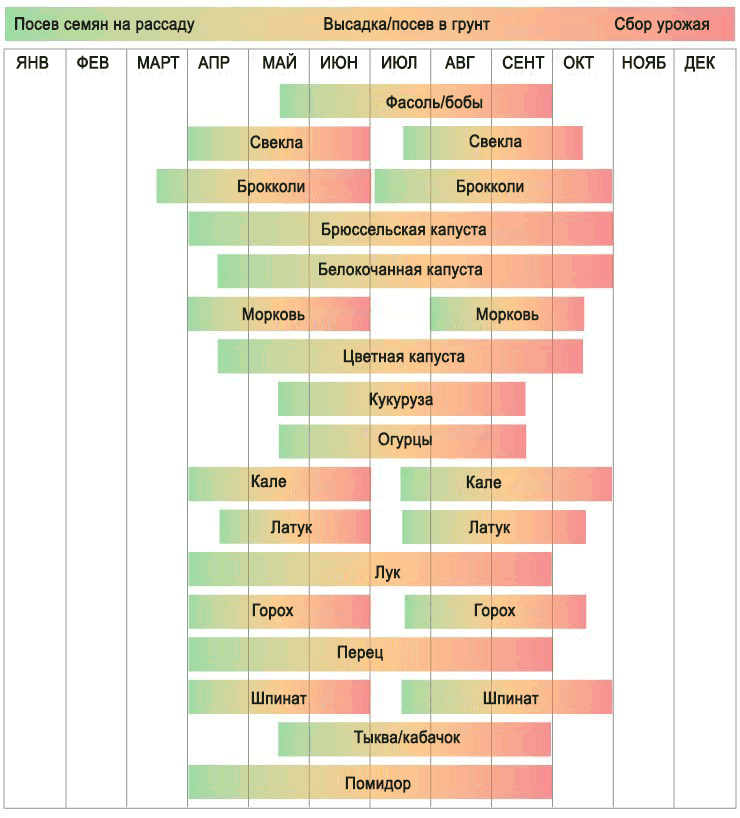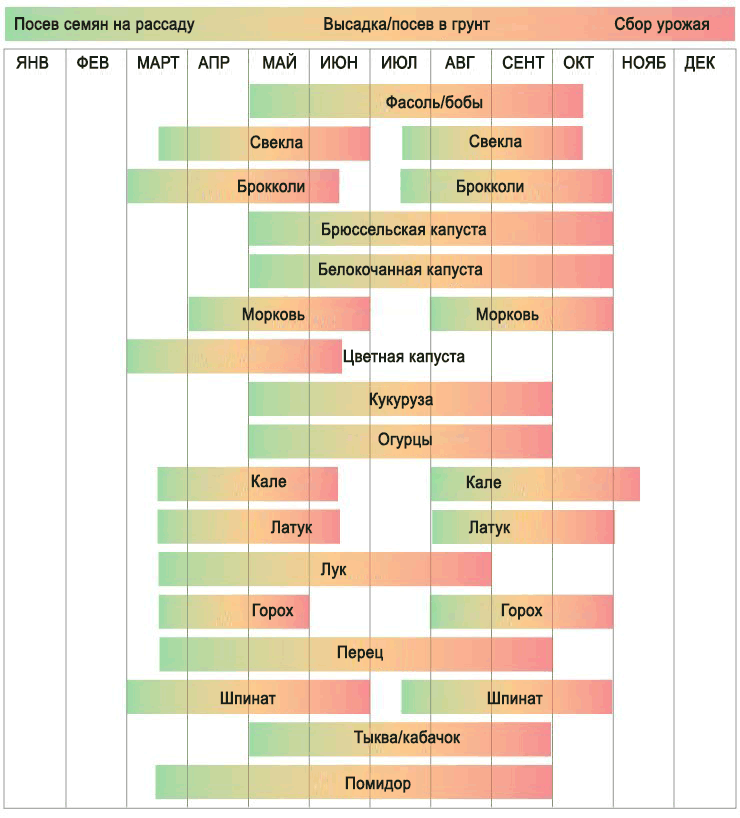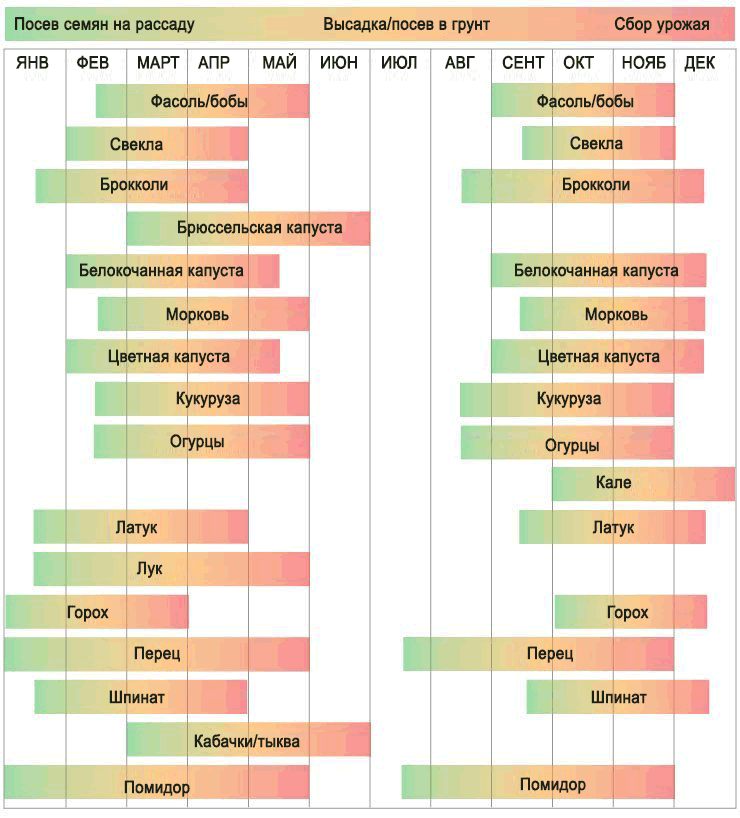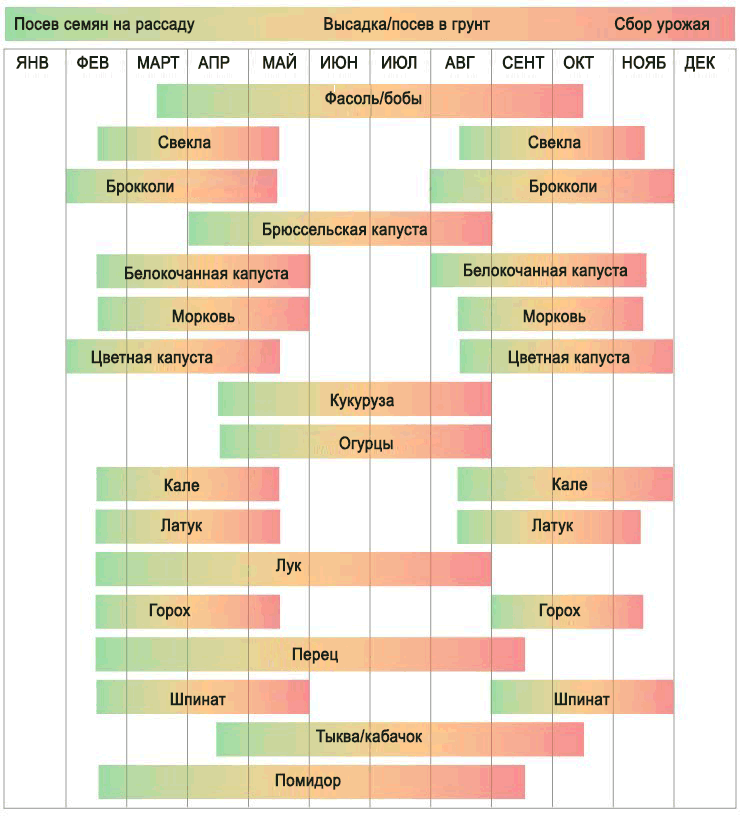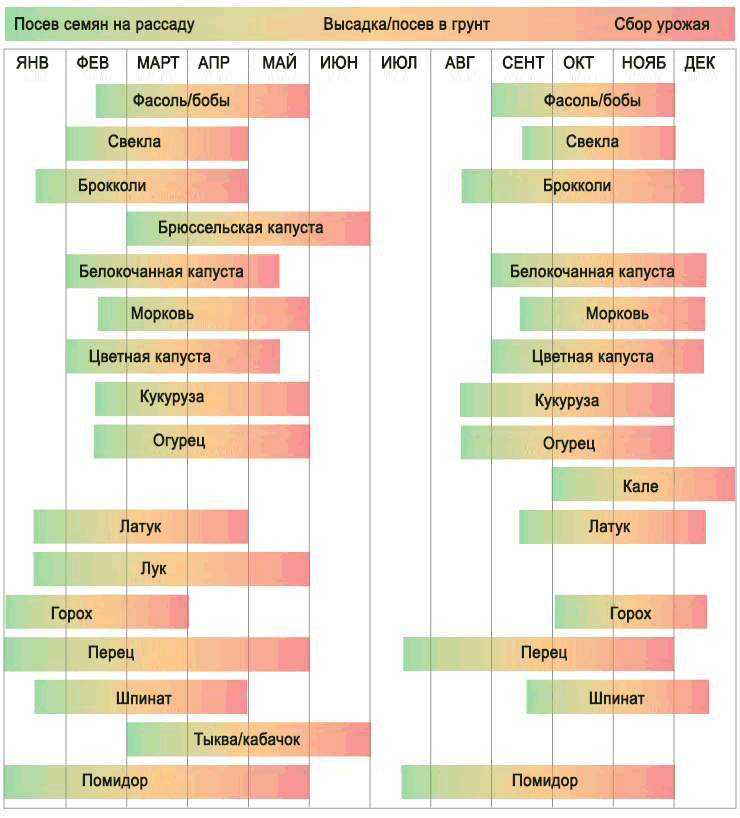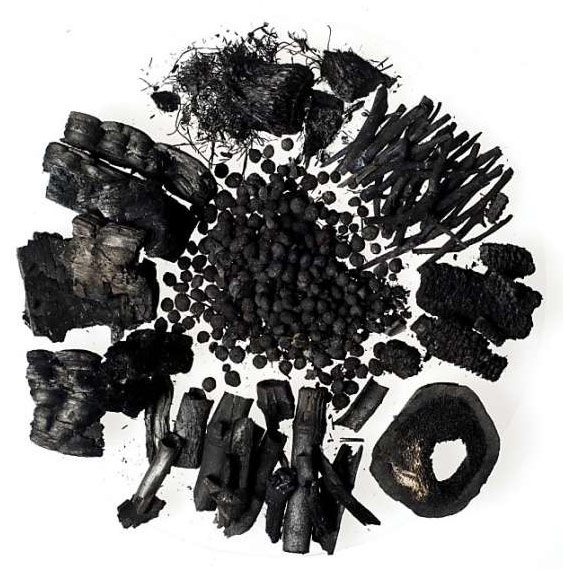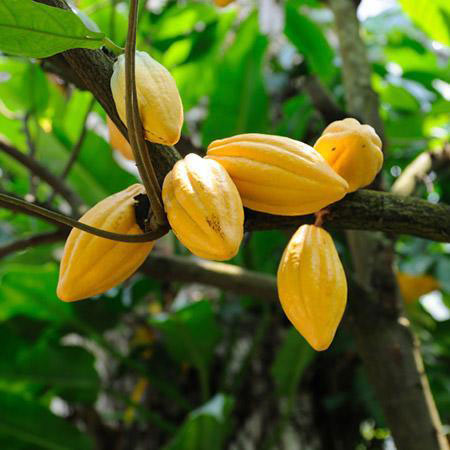The climate of your area is a key factor in selecting plants for planting, whether it’s trees, shrubs, vegetables, or perennials. We know that an orange tree (zones 9 to 11) cannot be grown in Chernihiv (zone 5), and a wheat field cannot survive on the southern coast of Crimea. Choosing plants for planting without considering hardiness zones is a waste of time, money, and effort. Today, the ability to obtain seeds from anywhere in the world compels us to have some knowledge about hardiness zones and climate maps.
What do hardiness zone maps look like:
What are Hardiness Zones
In 2005, scientists from the USDA developed a system of planting zones based on average annual minimum and maximum temperatures worldwide, compiling data starting from 1976. According to these maps, you can determine which plants and their varieties are suitable for your climate. After all, we can influence, for example, the amount of moisture coming in, but we cannot change the temperature outside of greenhouses. Therefore, using hardiness zone maps is very important when selecting planting crops.
The hardiness map is marked with colored areas that are numbered based on the average annual extreme minimum temperature (AAEMT). These numbers represent a ten-degree range of AAEMT in Fahrenheit, where the colder the zone, the lower its numeric value. The letters “a” and “b” next to the numeric value specify the temperature range by 5 degrees. The minimum temperature in zone 1a is -60 degrees F, and the maximum in 13b is 70 degrees F.
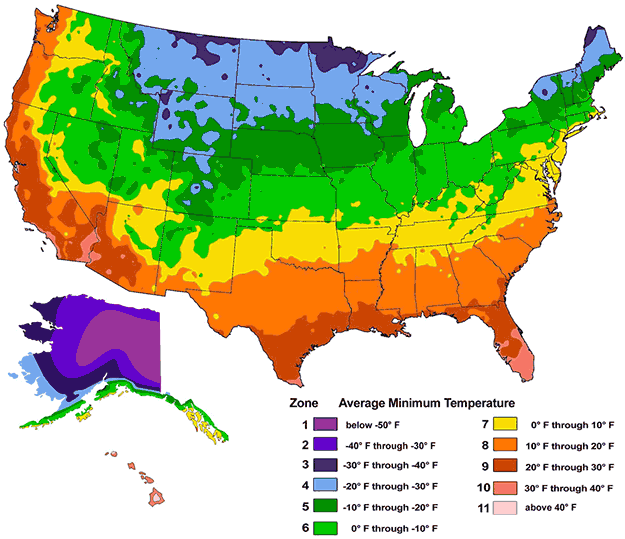 Example of a hardiness zone map for North America
Example of a hardiness zone map for North America
The modern hardiness map takes into account several factors that significantly affect temperatures:
- Warmer large cities (concrete and asphalt);
- Elevation and thermal pockets. Elevated areas are colder than surrounding regions;
- Proximity to non-freezing water (milder winters in riverbeds).
What Cannot Be Learned from the Climate Map?
While the plant hardiness zone map can serve as a starting point for selecting plants to grow, it does not account for all the essential variables.
What the climate map does not consider:
Anomalous Temperature Spikes: Early fall frosts or spring thaws followed by subsequent frost. Unseasonal weather can kill a plant that could acclimate gradually to changing temperatures. The data used for zoning is averaged, so there is always a risk of losing plants at the minimum temperatures typical for your area.
Snowfall Amount. Snow helps perennials survive winter by insulating the root zone from freezing. This is how snow works in fields with winter wheat. Plants that winter well under snow cover may perish in a low-snow winter.
Amount of Sunshine and Soil Moisture.
Humidity is also not considered by the climate map. For deciduous plants, increased humidity reduces stress from growing in less favorable hardiness zones since it softens the climate.
Planting Time. While it is not difficult to know WHAT to plant in a specific zone, your zone does not tell you WHEN to plant. This question is answered by the growing season of your plants, which is determined by the dates of the first and last frosts. In detail, I wrote about how to determine the correct planting date based on frost date websites in the article
Secrets of Successful Seed Sowing for Seedlings . These two tools—the hardiness zones and the frost date reference—are all you need to make decisions in plant selection.
How to Determine a Plant’s Hardiness and What to Do With It
The hardiness zone is rarely indicated on seed packets from local producers, but it is included on all seeds purchased online from other countries, specifying the USDA hardiness zone. There are special plant catalogs where you can enter any plant+variety and see its frost hardiness zone according to USDA. There you can also find information on watering and lighting regimes. Many cultures have a wide range of sensitivity to temperature. For example, hydrangea grows in zones 4a to 9a, while ginger only thrives from 8b to 11a. If your region is on the borders of the climate zones for the plant you’ve chosen, you will need to protect it during the most extreme periods, adjust planting dates, and consider the possibility of a shortened growing season.
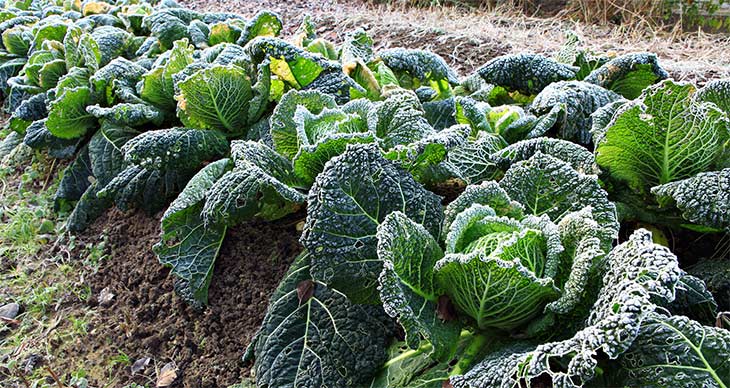 Savoy cabbage is not afraid of short-term low temperatures
Savoy cabbage is not afraid of short-term low temperatures
For perennial crops, the hardiness zone is crucial—trees, shrubs, and perennial grasses must endure the lowest temperatures typical for your area. With annuals, there is the possibility to extend the boundaries of zones through greenhouses and determining the optimal sowing date.
Planting schedules by hardiness zones
A planting calendar based on climate zones will help you determine both the sowing date and when to transplant into the ground. You will need to adjust the growing season based on your dates of the first and last frosts, but these calendars will serve as a good starting point and help you get the most out of your plot.
The charts were created by agronomists from Urban Farmer, the largest supplier of seeds and seedlings in the USA.
